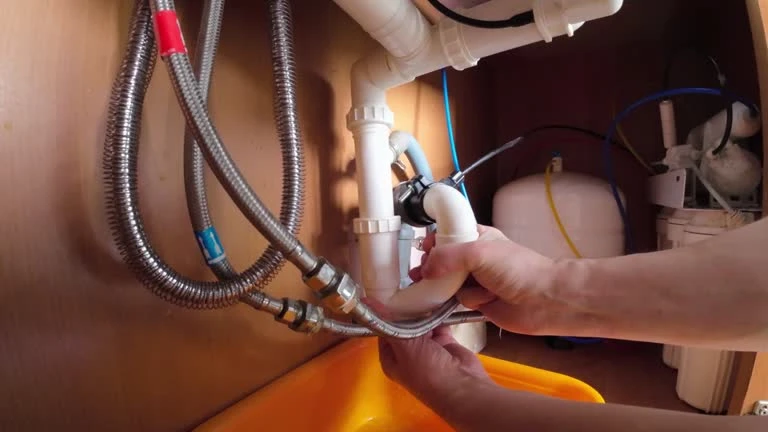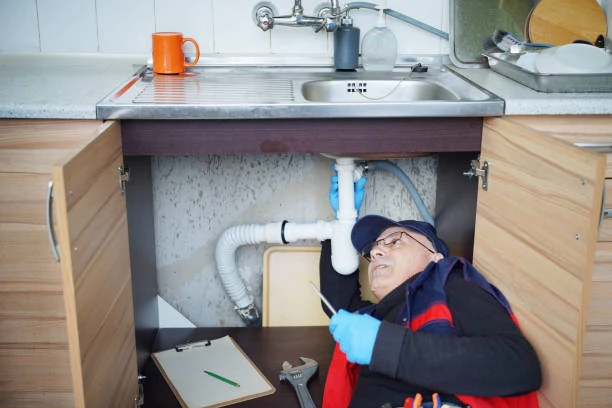Introduction to PEX and HDPE
PEX (cross-linked polyethylene) and HDPE (high-density polyethylene) fittings play crucial roles in plumbing systems. Both materials have unique properties, making them suitable for various applications. PEX fittings, especially brass ones, are known for their durability and ease of installation. HDPE fittings are recognized for their high resistance to chemicals and environmental stress. Understanding the differences between these two materials helps in choosing the right fitting for specific needs.
Material Properties of PEX
PEX fittings, particularly brass ones, offer excellent flexibility. This flexibility allows for easy installation in tight spaces. PEX resists scale and chlorine, making it ideal for hot and cold water distribution. It also withstands high temperatures, which is essential in many plumbing applications. Additionally, PEX doesn’t corrode, which prolongs its lifespan. The absence of metal in most PEX fittings reduces the risk of rust. Homeowners appreciate PEX for its quiet operation, minimizing water hammer noise.
Material Properties of HDPE
HDPE fittings boast impressive strength and high impact resistance. Their durability makes them suitable for outdoor applications. HDPE can withstand a wide range of temperatures and does not become brittle over time. This material also offers excellent chemical resistance, making it ideal for various industrial applications. HDPE’s lightweight nature simplifies transportation and installation. Furthermore, its ability to be recycled enhances its appeal for environmentally conscious consumers.
Installation and Flexibility
When comparing installation processes, PEX fittings shine due to their flexibility. The ability to bend without additional fittings speeds up installation. Brass PEX fittings use crimp or push-fit methods, making them user-friendly. Conversely, HDPE fittings require more specialized tools, such as fusion equipment. While HDPE installations can be more labor-intensive, they provide a robust solution for larger applications. Overall, PEX fittings save time and effort during installation.
Cost Analysis of PEX vs. HDPE
Cost plays a significant role in selecting fittings. PEX fittings, particularly brass options, generally have a lower initial cost. They are widely available and easy to find in most hardware stores. HDPE fittings tend to be more expensive due to their manufacturing processes. However, the longevity and durability of HDPE can justify the higher price. In the long run, both options can be cost-effective depending on the application.
Performance Under Various Conditions
When assessing performance, both PEX and HDPE have strengths. PEX fittings excel in residential plumbing, especially with hot water. Their ability to expand and contract under temperature changes prevents bursting. On the other hand, HDPE fittings perform exceptionally well in harsh environmental conditions. They resist cracking and breaking, even in extreme temperatures. Each material has its ideal use-case scenarios, making it essential to choose based on specific needs.
Environmental Impact
The environmental impact of PEX and HDPE fittings differs significantly. PEX fittings have a longer lifespan but are not biodegradable. However, they are recyclable in some areas. Conversely, HDPE is highly recyclable and can be repurposed multiple times without losing quality. Choosing HDPE contributes to a circular economy, making it a more sustainable option. Both materials have environmental considerations, and consumers should weigh them carefully.
Conclusion: Making the Right Choice
Choosing between PEX and HDPE fittings depends on various factors. Consider your specific plumbing needs, installation environment, and budget. If you prioritize ease of installation and flexibility, brass PEX fittings are an excellent choice. For applications requiring high durability and chemical resistance, HDPE fittings stand out. Ultimately, understanding the strengths and weaknesses of each option leads to a more informed decision. Aim for a fitting that aligns with your project requirements for the best results.
IFAN Products international standards
IFAN products strictly adhere to a comprehensive range of international standards, encompassing ISO 15874, EN 15874, ASTM F2389, DIN 8077/8078, GB/T 18742, NBR 15884, ISO 15494, EN ISO 15494, GB/T 19472, NBR 15494, ASTM 2846 (501), DIN 8079/8080 (502), ASTM F441/F441M SCH80 (503), DIN (504), DIN (505), GB/T 18993, AS/NZS 1477, CSA B137.6, NSF/ANSI 14, TIS 17-2532/1131-2535, BS 3505, BS 4346 (801), ASTM D1785 SCH40 (802), ASTM D1785 SCH80 (803), DIN (804), GB (805), GB (806), GB(901), DWV(902), ASTM D2665 (903), along with ASTM D2241, D2665, D2729, and F441/F441M series, ISO 1452, EN ISO 1452, DIN 8061/8062, GB/T 10002, AS/NZS 1477, JIS K6741, CSA B137.3, and other national and industry norms.
Connect
IFAN is a Chinese manufacturer of plastic pipes, fittings and valves with 30 years of experience. If you are interest in IFAN copper fittings, copper valves, plastic pipes and fittings, please contact us. IFAN offers you a variety of standard pipes to meet your specific needs. Click below to learn more about IFAN’s wide range of affordable and cost-effective valve products and piping system related products.
We will reply your email or fax within 24 hours.
You can call us at any time if there is any question on our production.
For more information,pls visit our webside https://waterpipefitting.com/
Pls Mailto: [email protected]
Whatsapp: +86 15088288323














Recent Comments